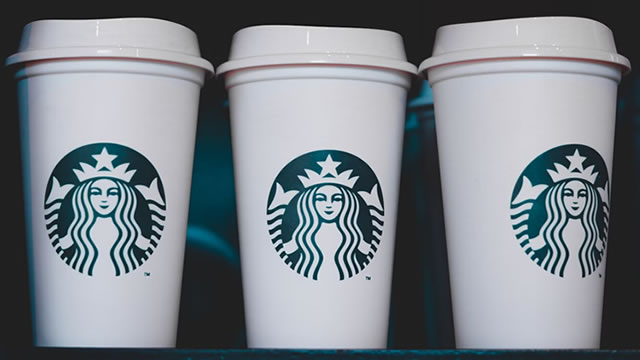Starbucks: Longing for the Past Amidst Rapidly Changing Coffee Industry
Starbucks, the world’s largest coffeehouse chain, has been a pioneer in creating a third space – a place between home and work where people can relax, socialize, and enjoy a cup of coffee. However, as the coffee industry evolves, Starbucks finds itself longing for the days when cafes were primarily about sitting and sipping.
Competition from Quick-Service Coffee Chains
The rise of competitors like Dunkin’ Donuts, McDonald’s, and other quick-service coffee chains has forced Starbucks to reconsider its business model. These competitors prioritize speed and convenience, offering drive-thru services and mobile ordering to cater to customers on-the-go. In contrast, Starbucks has always prided itself on its slow-paced, personalized service, aiming to create an inviting atmosphere where customers can unwind.
The Impact on Starbucks
Starbucks’ focus on creating a unique in-store experience has become a double-edged sword. While it has helped the company build a loyal customer base, it has also made their operations less efficient compared to their competitors. As a result, Starbucks has experienced declining sales and falling stock prices in recent years.
- In 2020, Starbucks reported a 5% decline in same-store sales in the United States.
- The company’s stock price dropped by over 20% from its all-time high in 2019.
The Impact on Consumers
For consumers, the changing coffee landscape means more options and convenience. Quick-service coffee chains offer cheaper prices and faster service, catering to those who prioritize time over ambiance. On the other hand, Starbucks and other traditional cafes continue to attract customers who value a more leisurely coffee experience.
The Future of the Coffee Industry
The coffee industry is expected to continue evolving, with technology playing a significant role in shaping the future. Contactless ordering and payment systems, mobile apps, and delivery services are becoming increasingly popular, enabling coffee chains to cater to the needs of both convenience-seeking and experience-driven customers.
Conclusion
Starbucks’ longing for the past is a reminder that the coffee industry is constantly evolving. While the chain has been a pioneer in creating a unique in-store experience, it now faces stiff competition from quick-service coffee chains that prioritize speed and convenience. As technology continues to shape the industry, Starbucks and other traditional cafes will need to adapt to remain competitive. Ultimately, customers will benefit from the growing diversity of coffee options, with more choices tailored to their individual preferences and lifestyles.
Despite the challenges, Starbucks remains optimistic about its future. The company is investing in technology to streamline its operations and improve the customer experience. By finding a balance between convenience and ambiance, Starbucks hopes to attract both time-conscious and experience-driven customers, ensuring its continued success in the rapidly changing coffee industry.





